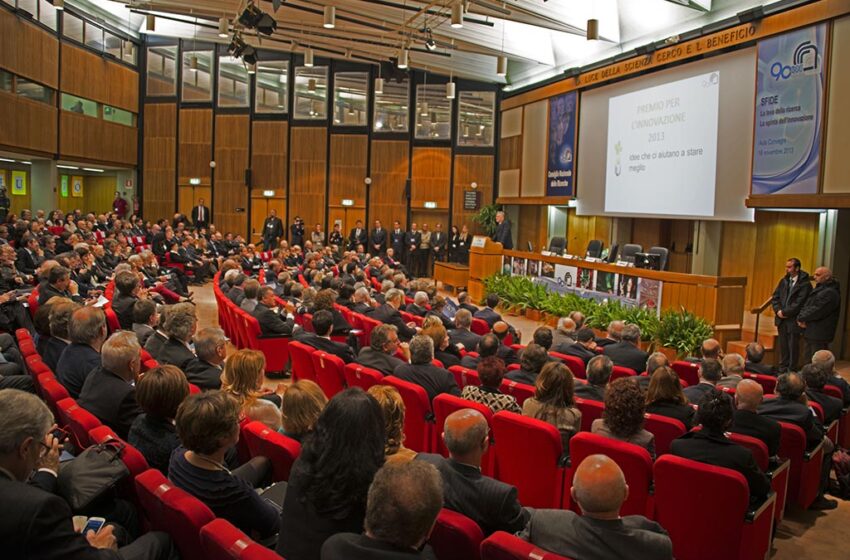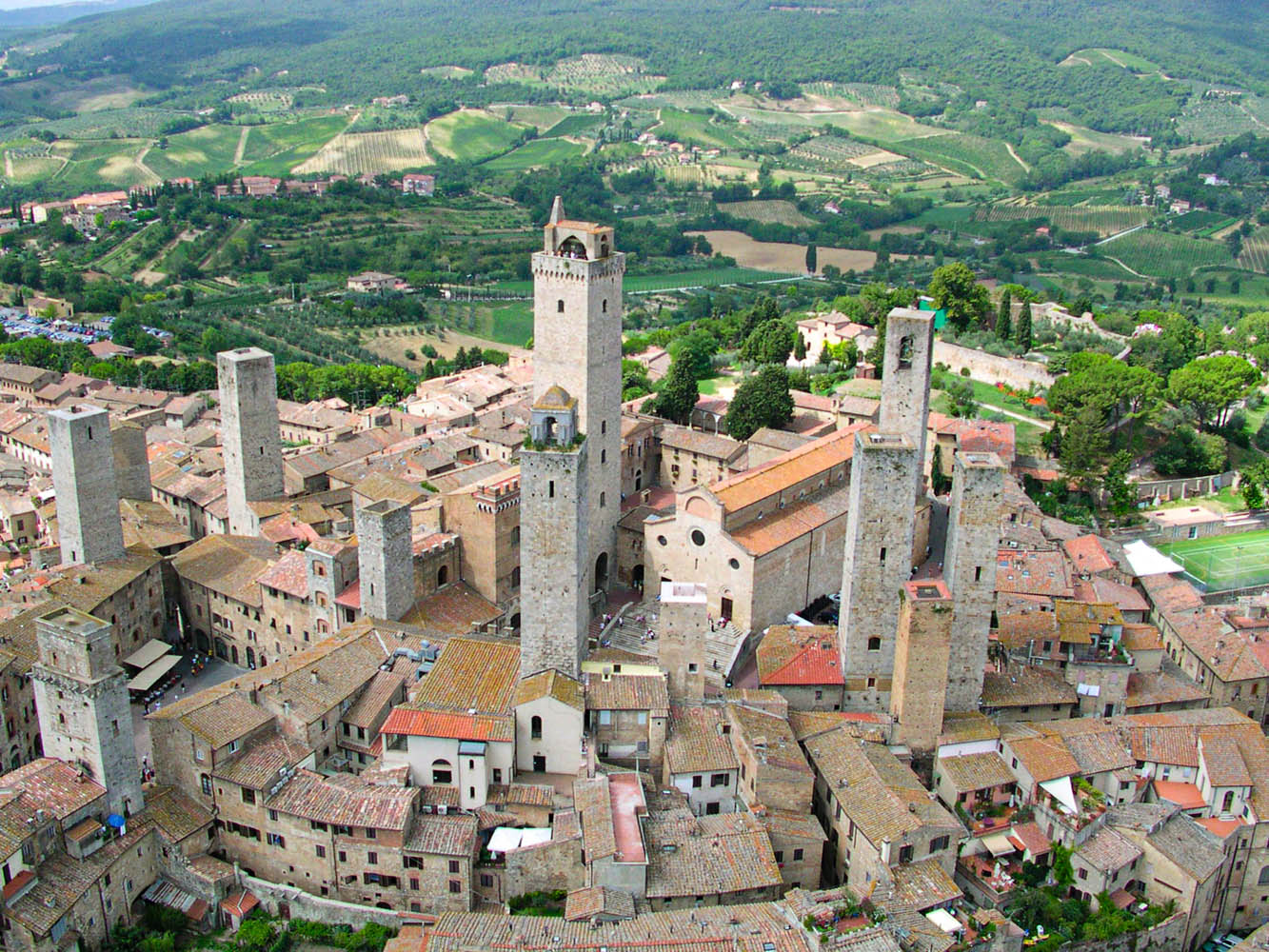
Italian research serving the community: the CNR
Italian research serving the community: A resource of knowledge and skills for the safeguarding of the environment and cultural heritage of the country.
Osvaldo Bevilacqua interviews Salvatore Capasso, Director of the Institute of Mediterranean Studies of the National Research Council (CNR-ISMed).
Dear friends, the year 2023 is a special year for the CNR (National Research Council), the largest and most important Italian research institution which, with its network of researchers, faces challenges every day ranging from human and environmental health to sustainable agriculture and food, from the environment to energy, from new materials to aerospace. Its fundamental contribution over the decades has affected our society in every aspect, contributing significantly to the protection of cultural heritage and indirectly to the safeguarding of one of the main voices of our economy: tourism.
Founded in 1923, this year CNR celebrates its first hundred years: with the launch of my online magazine, “L’Italia di Osvaldo,” we intend to resume collaboration with the network of over 7,000 researchers of the institution to share the most fascinating discoveries, studies, and stories directly from the places of research. A wonderful journey into the excellence of Italian research that begins with an interview with Salvatore Capasso, director of the Institute of Mediterranean Studies (CNR-ISMed).
Let’s start our journey by interviewing Salvatore Capasso, director of the Institute of Mediterranean Studies of the National Research Council (CNR-ISMed) and Professor of Economics at the University of Naples Parthenope, PhD at the University of Manchester, who has been dealing with economic integration and economies of Mediterranean countries for years. The commitment made during this time has been directed towards supporting and promoting integration, sustainability, growth, and development of the Mediterranean area, also in the tourism sector, for which ISMed is active with a specifically dedicated research sector.
CNR is preparing to celebrate 100 years of existence. What will you do to celebrate this important event?
We have planned a series of informative initiatives to be carried out throughout 2023 within the circuits of our network throughout the country, thanks to hundreds of offices and locations present everywhere from north to south: the aim is to reach society at all levels, from students to businesses to all citizens, through a path of events revolving around some key words, including sustainability, biodiversity, ecological and digital transition, circular economy, cultural heritage, peace, and scientific diplomacy. The program is constantly updated on the website https://centenario.cnr.it/, and will culminate with a grand institutional ceremony on the “birthday” day, November 18, 2023, to be held at the central headquarters in Rome.
What are the objectives that your large research network sets itself in its daily activities?
Scientific excellence, social innovation, scientific and technological diplomacy have always represented our mission, which we have pursued with constancy and coherence in the various phases of Italian and European history. Precisely thanks to its multidisciplinarity, CNR can and must stand by society with the aim of supporting it and, where possible, improving it: we have seen this up close in the great common effort made available to face the pandemic, but there are many fields in which research can foster profound change, such as the use of ICT and enabling technologies for our homes, which are becoming increasingly common today, and the great challenges that await us in the fields of energy transition and development towards a more sustainable socio-economic system.
When one thinks of scientific research, medicine, energy, the study of the infinitely small come to mind, what is the commitment on the front of the humanities?
Indeed, to most people, the contribution that some sectors of research – such as physics, medicine, chemistry, engineering – can bring to society in terms of vaccine discoveries, patents, new technologies, is much clearer; while the impact that the humanities can have on the well-being and growth of society is much less evident but no less important. Just think of the crucial role that the humanities have in addressing emergencies such as economic crises, energy transition, migrations, climate change: these are all phenomena that the humanities and social sciences, together with the natural sciences and generally the so-called ‘hard’ sciences, can contribute to understanding even from historical and social perspectives, with scientific data, analysis, and interpretations on possible social and economic repercussions: an essential contribution to understanding these phenomena, essential both to enable policymakers to adopt adequate and effective policies, and to better guide all the parties involved in the various sectors in the allocation of resources and investments: a technical-scientific support of the humanities in favor of the scientific, cultural, technological, economic, and social development of the country.
CNR annually produces the Italian Tourism Report. What emerges from the latest report, how is the way Italians travel changing?
For many years, CNR’s Italian Tourism Report has told the story of a phenomenon in constant development, which has experienced a sudden halt with the pandemic. In the wake of this great crisis, we launched a new monographic series of Tourism Reports at CNR-ISMed, with a specific focus on the Mediterranean regions: “Tourism Studies on the Mediterranean Region.” The volume published in 2020 was conceived precisely to understand how the pandemic has impacted the tourism sector in different Mediterranean countries and to provide operators and policymakers with reflections and tools to turn the crisis into opportunities. The latest report analyzes the world of 4.0 technologies applied to tourism, which opens up to new forms of experiences and therefore great growth opportunities that include and blend traditional visits with virtual spaces and tools. The next volume will address another highly strategic theme for the tourism sector, which is that of enogastronomy and the role it can play in the development of tourism in the Mediterranean, with particular attention to typical products of inland areas, new tourist behaviors, and enogastronomy as an identity resource of a territory. What emerges at this historical moment is a process of “rethinking” tourism – the so-called Rethinking Tourism, which should favor a transformation of the very concept of tourism, as also reiterated by the World Tourism Organization. The keywords of this new approach are resilience and sustainability, two values whose importance has been demonstrated by the pandemic crisis and which should constitute a reference point for new modes of tourist use, more attentive to the territory and local resources.
In this sense, our country, with its enormous heritage of small villages, offers an enviable choice. How can scientific research favor this trend?
The enhancement of villages is one of the research topics of the Institute of Mediterranean Studies (CNR-Ismed), which has contributed to the insertion of the term ‘village – heritage town’ in the Encyclopedia of Tourism Management and Marketing. Villages are an invaluable treasure of Italy, and their value has emerged even more following the Covid-19 pandemic, which has allowed them to become desired tourist destinations because they are quieter and less risky, not crowded, rich in activities to be carried out in the open air, reachable with short trips. Researchers’ studies have focused particularly on new development opportunities for villages, through the definition of forms of sustainable tourism. Moreover, starting from the results of scientific research and from observing the new models of smart working-based work, our researchers have identified how tourism in villages can find new lifeblood in these remote working models. However, the goal of sustainable tourism in villages is impossible to achieve without strategic planning and methodologies starting from the need to protect and enhance the identity resources of the places. In this sense, researchers have favored many occasions for dialogue between the world of science and the territory, aimed at identifying adequate growth paths starting precisely from the peculiarities of each territory, to provide tools, criteria, and methodologies useful for initiating virtuous circles of development. Finally, it should be emphasized that with the National Recovery and Resilience Plan (PNRR), new funding opportunities open up not only for the conservation and protection of villages but also for improving their attractiveness by promoting the development of technologies in the fields of mobility, digital transformation, health, safety, and accessibility. If these aspects are developed in a systemic perspective, they can represent an incredible driving force for economic recovery for our country. Italy is an open-air museum made up of many small realities of great value and worth: that of villages is a hidden Italy, different from the one known to the world, an ideal place to disconnect from urban frenzy to (re-)discover human relationships, culture, and often unique landscapes from a naturalistic point of view. An economic and social wealth to discover and share.
Leggi in:
![]() Italiano
Italiano










